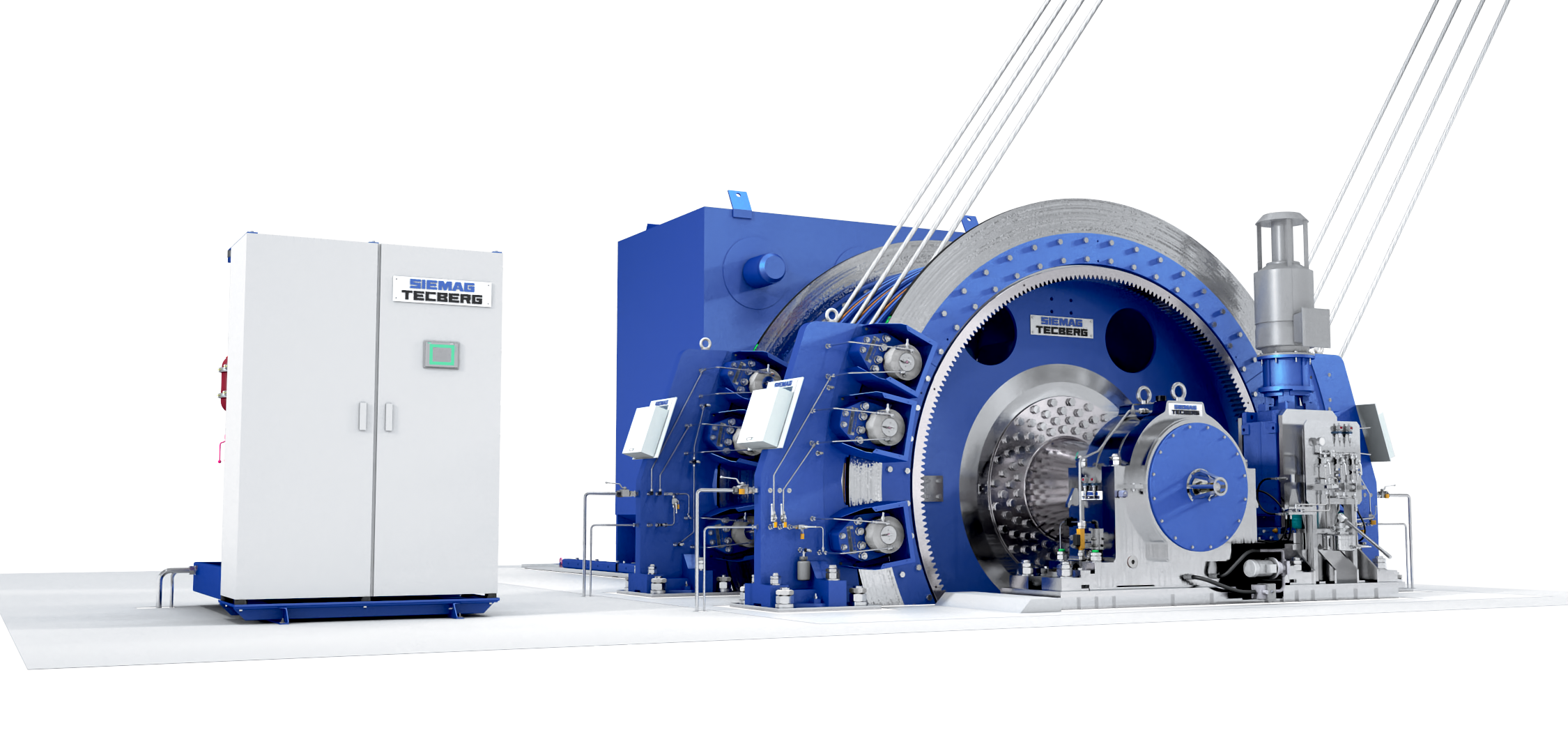Africa still uses a quite substantial number of old winders, that were mostly commissioned between 1950 and 1985 and were intended for transporting people and material. The winder drives are designed as induction motors with an AC winding rotor (slip rings). The installed output ranges from 150 kW up to 4,000 kW, with stator voltages from 400 V up to 6,600 V. The torque and speed control occurred via an external, variable rotor resistor, using resistor cascades for lower outputs, or liquid rotor starters/control systems with a positioning regulator for the moveable electrodes for higher outputs.
The regulator is in use from standstill onwards until the end of the acceleration phase and also during the deceleration phase. Measurements have shown that only approx. 60 % of the energy consumption is effective power, hence and 40 % is lost power, which causes the external resistance to heat up. Costly cooling systems were used to dissipate the lost heat. Furthermore, these winders requires specially trained staff to operate them safely.
Modern frequency inverter technology offers the possibility of reducing/compensating most of the losses without having to replace the existing motor. The drive topology, making this possible, is a multi-step frequency inverter with an active front end that operates with vector control. This control system enables the speed and torque of the modern drive system to be controlled and contributes to the saving of energy.
WINDER CONTROLS has so far carried out successful conversions at the following locations:
Sibanye-Stillwater Beatrix 1 Shaft Service-Winder, 1,100 kW, 6,600 V
Operating since 2015.
Golden Star Resources Prestea Man-Winder, 900 kW, 6,600 V
Operating since 2016.
Goldfields South Deeps South Shaft Man-Winder, 3,880 kW, 6,600 V
Currently undergoing commissioning.
Thanks to lower energy costs, the ROI for the modernisation project at the "Beatrix 1 shaft" was achieved in less than two years. A similar study will be conducted after conclusion of commissioning at Goldfields.




